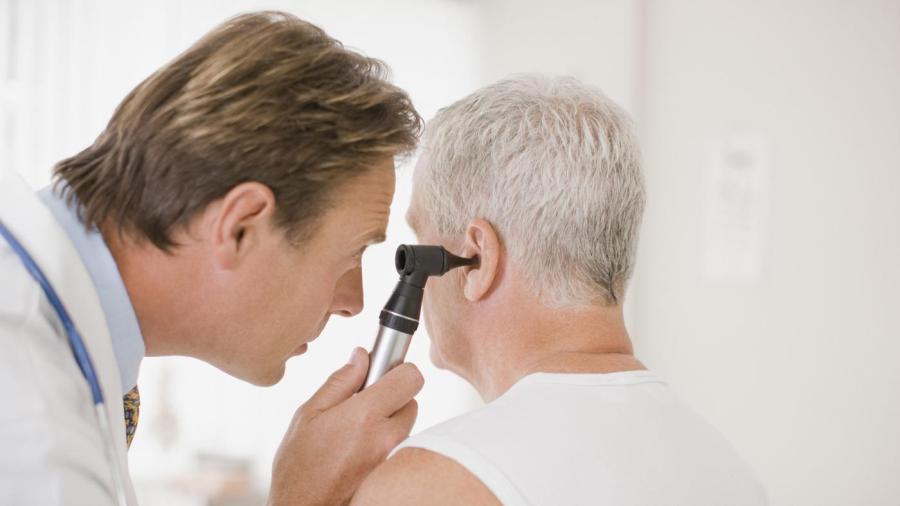What Part of the Ear Contains the Sensory Receptors for Hearing?

The part of the ear that contains the sensory organs for hearing and balance is the inner ear, says the American Speech-Language-Hearing Association. The cochlea is the inner ear’s hearing part, while the semicircular canals are part of the balance system.
The cochlea is a bony structure containing two fluids, the endolymph and the perilymph, states the ASHA. The inner ear has a sensory receptor inside the cochlea called the Organ of Corti. It is responsible for holding the hair cells, which are the nerve receptors for hearing. Movements of the middle ear bones create a mechanical energy that pushes on a membrane in the cochlea, causing the cochlea’s fluids to move. The fluids then stimulate small hair cells. These hair cells send signals that are transformed into nerve impulses. The brain receives these nerve impulses through the cochlear region of the auditory nerve, which delivers impulses from the cochlea to a relay station in the cochlear nucleus. The nerve impulses are carried on to other brain pathways ending in the auditory cortex, or the hearing part, of the brain.
The ASHA explains that the inner ear also contains the utricle, the saccule and the semicircular canals. These parts of the ear serve as balance organs and help control a person’s sense of steadiness.





